The books of 1 & 2 Thessalonians
Paul, Silas and Timothy visited Thessalonica on Paul’s second missionary journey. Paul and Silas had just come out of prison in Philippi. The account of their visit to Thessalonica is in Acts 17 (you may want to re-read it). The city was situated on the Via Egnatia, the Roman highway to the East.
Acts tells us that the ministry in Thessalonica was particularly successful and many people believed in Jesus. Many Jews and Greeks were converted. But the other Jews ensured the removal of Paul and his two companions. They were also removed from Berea and moved on to Corinth passing through Athens. While in Athens, Paul sends Timothy back to Thessalonica to see how the church was progressing. Timothy’s return report to Paul at Corinth prompted the first letter of 1 Thessalonians.
Chapters 1-2 are Paul’s usual warm address. He is upbeat about what happened in Thessalonica. He tells them his feelings about his time there and what transpired, which was important to remind them of. Notice here that Paul is very relational. Modern Western culture is broadly characterised by ‘getting down to business’ and forgetting niceties. While that may be necessary for business it doesn’t fit with the Christian church. Stories matter. People’s feelings and lives matter. Part of his story in chapter 2 is Paul defending himself against apparent charges brought against him by his Jewish opponents. From Paul’s answers it seems they accused him of being a coward and fleeing; a fanatic; an opportunist; a flatterer; a lazy dictator; and a self-seeking personality.
In Chapter 4 – 5:11 he encourages godly living and answers a concern they had about their loved ones who had died. The last part of the letter is packed with short statements covering a variety of areas that needed a word or two.
This is a wonderfully warm letter encouraging his new converts in the face of contemporary problems.
2 Thessalonians must have been written soon after the first letter because it preceded Paul’s next visit, a small while later in Acts 20. We only know of Paul being with Silas (Silvanus) and Timothy in Corinth during this time, so we conclude this letter was written from there. Considering Paul’s prayer in 1 Thessalonians it seems he had hoped his first letter would have been more effective in settling the questions about Jesus’ return and the problems of idleness in the group. Further, another letter subsequently came to the church falsely claiming to be from Paul (2:2) that caused more trouble. We assume that letter told the Thessalonians, amongst other things, that Christ had already come.
Paul’s letter is to the point and not as warm as his previous one. He encourages them in their standing against continued persecution. His teaching on what has to happen before the Lord Jesus returns should not be taken as a comprehensive statement on the subject, but rather an additional answer and pressing of what he had already told them about Jesus’s return. Paul finishes with a command to the lazy to get busy and burden no one. It ends with ‘in my own had’ to ensure another false letter could not do more damage.
Pic: Raphael, “Paul Preaching in Athens”

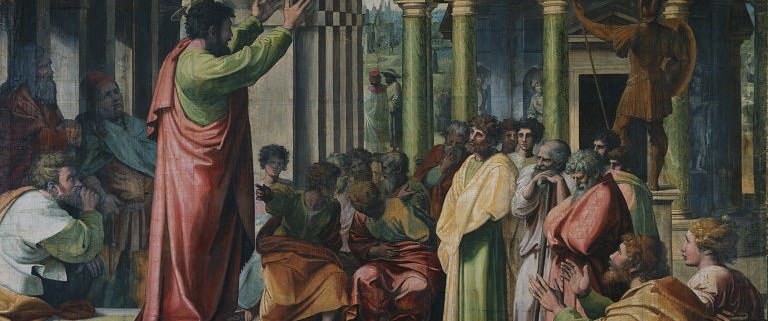
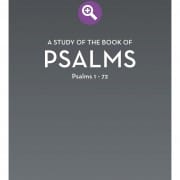
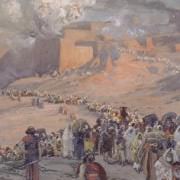

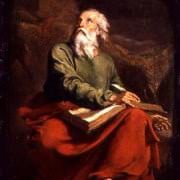
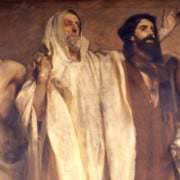
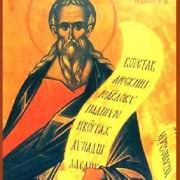
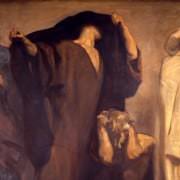
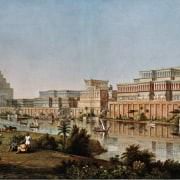


Leave a Reply
Want to join the discussion?Feel free to contribute!